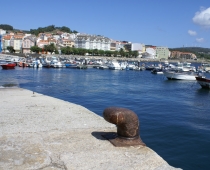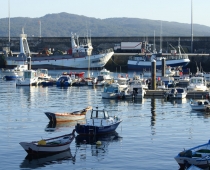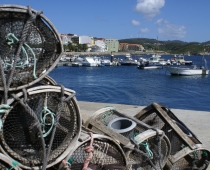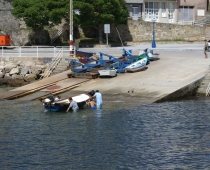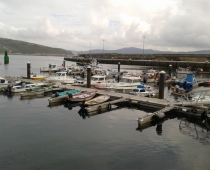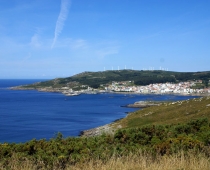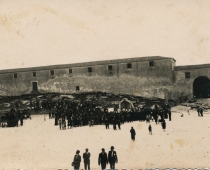
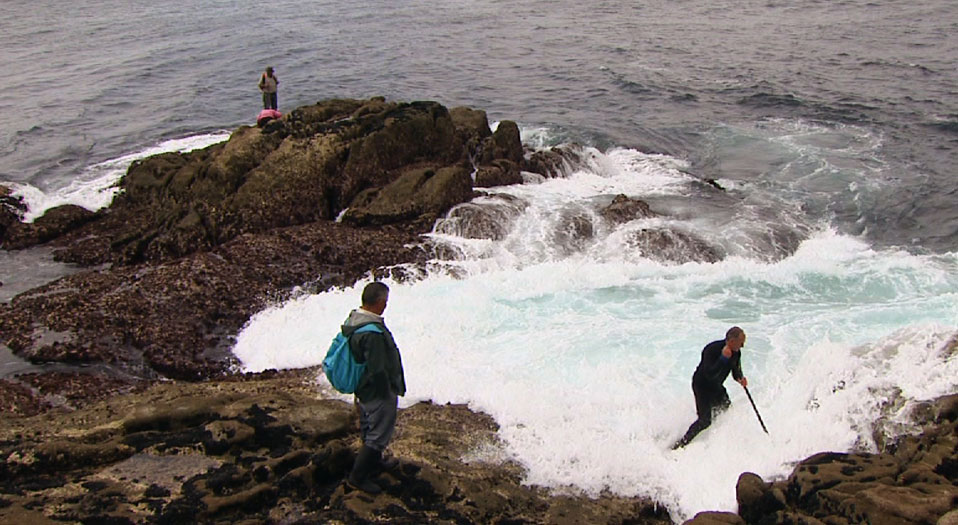
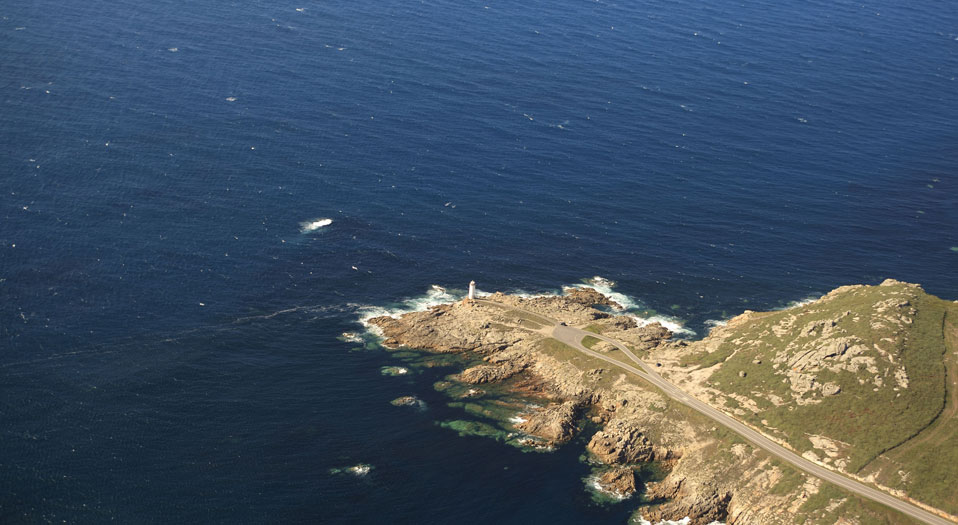
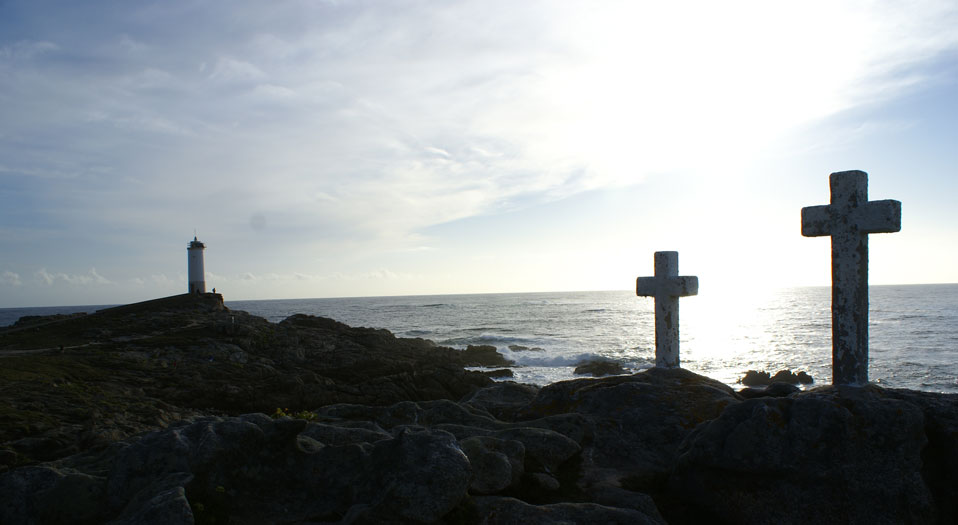
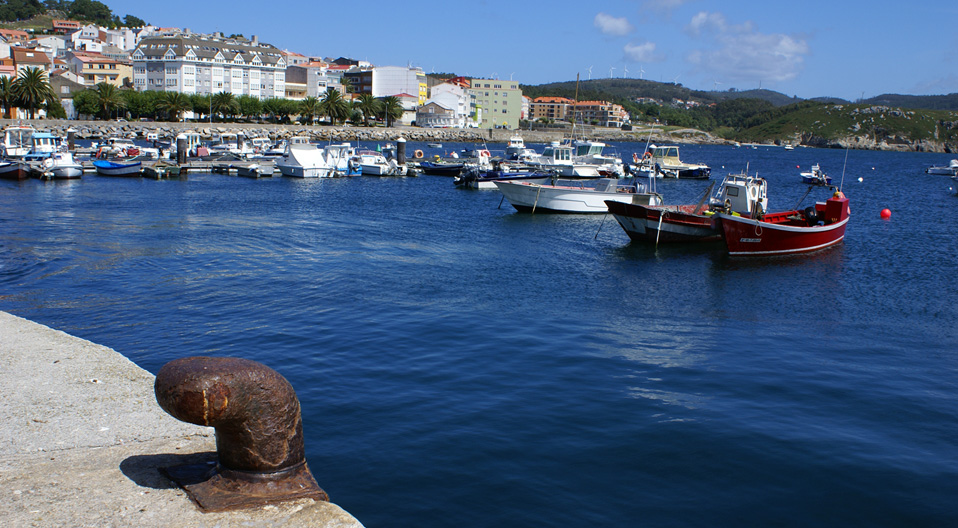
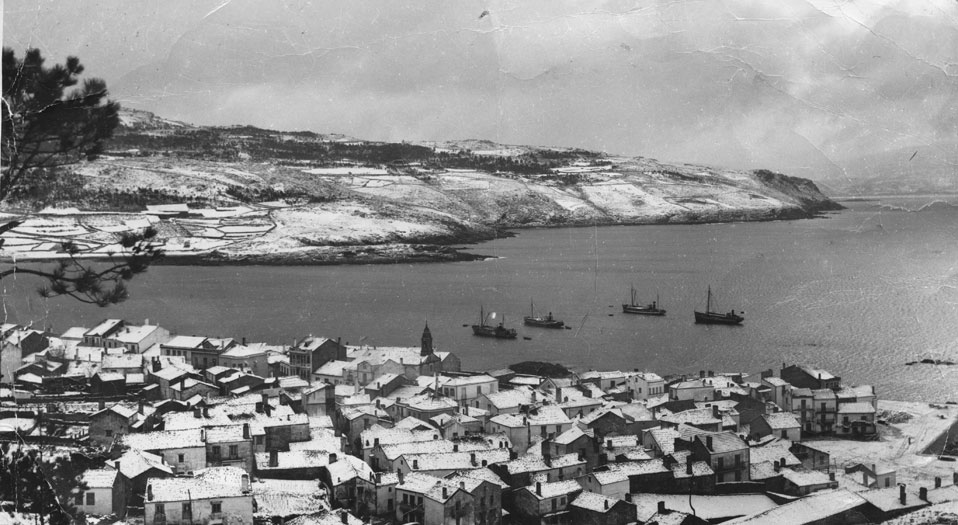

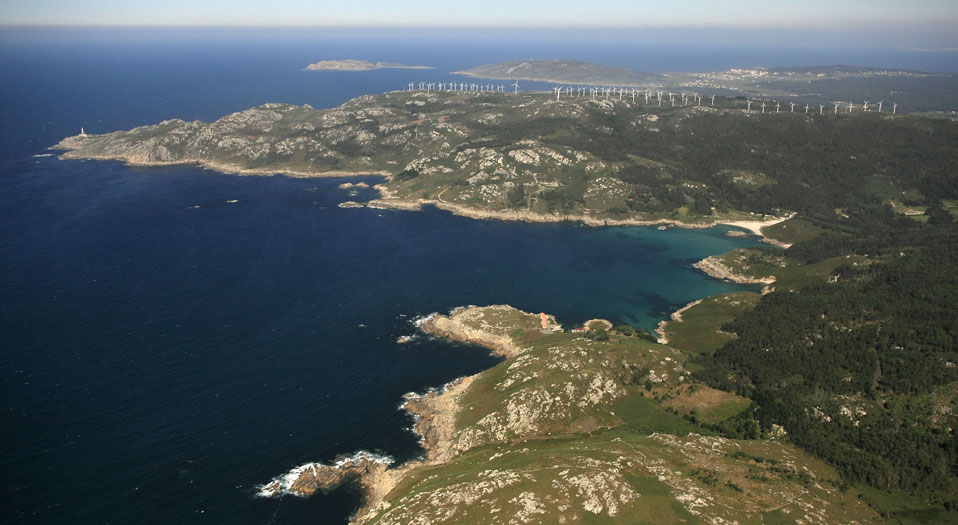
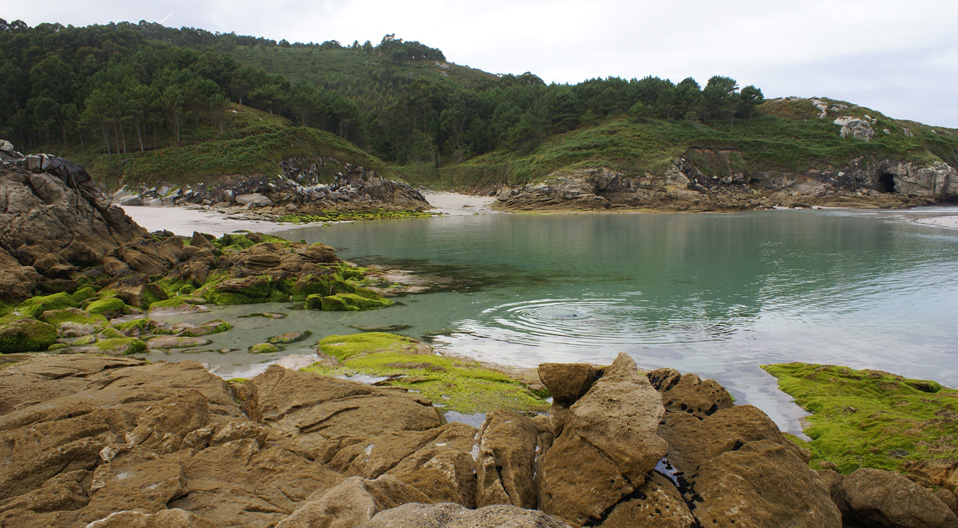
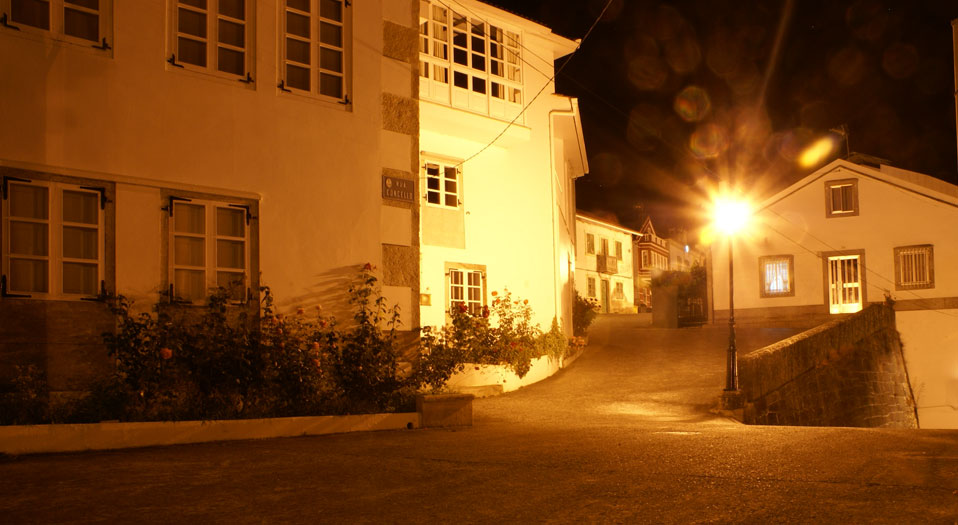
Corme Porto
Port of importance for navigation
Ponteceso's sea – and Corme's in particular – has been fruitful in seasoned sailors. Compared to the other ports on the northern Costa da Morte, this port's draft made it a good place for large vessels. Some of these vessels were dedicated to inshore fishing, others to trawling and to freight – wood, sand, kaolin, etc. At one time Corme had shipping agents along with very active port traffic.
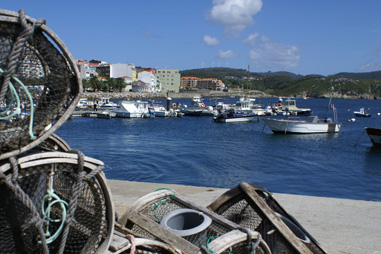
Since ancient times, the sea and the port were highly important factors in the development in various sea-related activities. "Corme always lived from the sea and for the sea." This is how José Ramón Varela and Eliseo Puñal Varela describe this maritime town in their book Corme. Historia de su mar, sus gentes y sus barcos -Corme. History of its sea, its people and its boats- (2012). This publication offers extensive documentation on Corme's past as a large commercial port that was "transcendental for navigation" and even had a maritime pilot.
Thus, besides the coastal cargo boats (inshore fishing boats), old photos are full of pataches and inshore vessels, trawlers, pailebotes (similar to a schooner) and traineras (a kind of rowboat used for fishing) filling the bay. "Historically, Corme was noted for its dedication to cabotage. The vast majority of the town's inhabitants have lived from the merchant navy, and most of Corme's boats were used to transport goods. Also, the majority number of shipowners in Corme in the twentieth century were dedicated to cabotage," says José Ramón Varela.
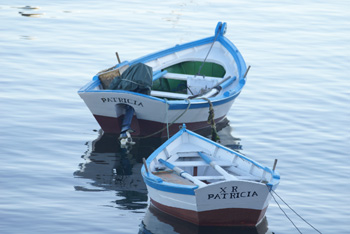
The Register of Ships is full of large vessels, wooden sailing ships, steam ships, etc. There are names such as "Airoso" ("Graceful"), a ship that in 1905 carried kaolin from Laxe to Bilbao, or "Asunción" ("Assumption"), a sailing ship built in A Telleira, in the municipality of Cabana. The cargo ship "Bergantiños" – made of wood and measuring 28 metres long – was built in Cánduas. Another example is the "Rutile", a cargo ship measuring just over 15 metres that carried the mineral extracted from the Titania mine.
The development of local industry
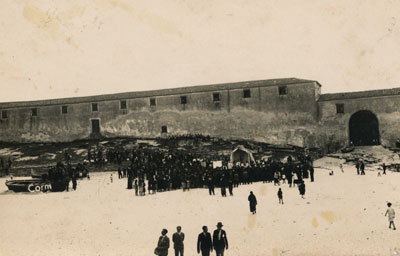
In addition to commercial shipping, Corme's economy was based on fishing, shellfishing and, especially, on cabotage, assisted by the farmwork its women carried out (...) and also the lace-making they did, say José Ramón Varela and Eliseo Puñal Varela in their book Corme's inhabitants were successful in transforming the wealth given to them by the sea into an important tool for the development of industry and navigation. At the beginning of the twentieth century Corme became the Spain's leading port in the export of timber from Bergantiños's forests; beginning in 1920, eight sardine salting factories and three conger-drying factories were opened.
Today, fishing and shellfishing are the most important activities of the local economy. Barnacles and sea urchins are the most important goods put out to bid at the fish markets of Malpica or A Coruña, along with octopus, crabs, eels and mackerel. These are seafood delicacies that can also be enjoyed in the town's restaurants and bars and throughout Ponteceso. At about eight in the evening, locals carry out their daily custom: they pay a visit to each of the nearly fifteen local bars to do the "volta dos cortos", knocking back a drink in each one.
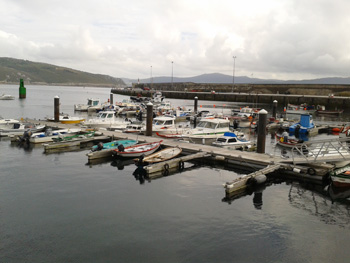
Among the sport boats at the dock are the barnacle collectors' "gliders", inshore vessels – which come into port every day – and a boat dedicated to the longline fishing of conger. The trawlers no longer have their base here and the smaller boats use their permits to engage in one of the five activities that are authorised, depending on the season of the year: sea urchins, sea worms and fishing with the "nasas" and "miños", typical fishing gear.
Corme's future is orientated towards responsible and sustainable fishing that respects fishing seasons, fish sizes and fishing areas in order to preserve fish stocks. Corme's fishing guild – the "Dulce Nombre de Jesus" ("Sweet Name of Jesus") was founded in 1620.
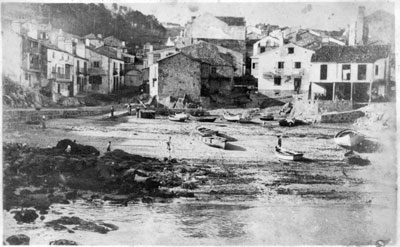
Maritime workers can be see in the port area at almost any time of the day, either by the esplanade or at the doors of the fishermen's shacks.
Near to and opposite the port is the Plaza de la Ribera, a reference point for many cultural and social events taking place in Corme. If you walk through here when there is little light, beware... It is said that in square used to have a fountain where the devil would be waiting for the girls who went to fetch water to carry back to their houses…
Once we've entered the town itself, don't forget to take a stroll through Corme's old neighbourhoods, which are now Corme street names: O Campo, Fontiña, General Mourelle, Pondal, Rúa dos Condes, Remedios, Pan... One can still see the odd example in the old village of low-lying houses and white façades from which a gallery protrudes. It is also interesting to wander down different streets and observe the unusual architecture of this or that house, or the names of alleys, like the one near Pan Square called "Hairy Hand Alley".

